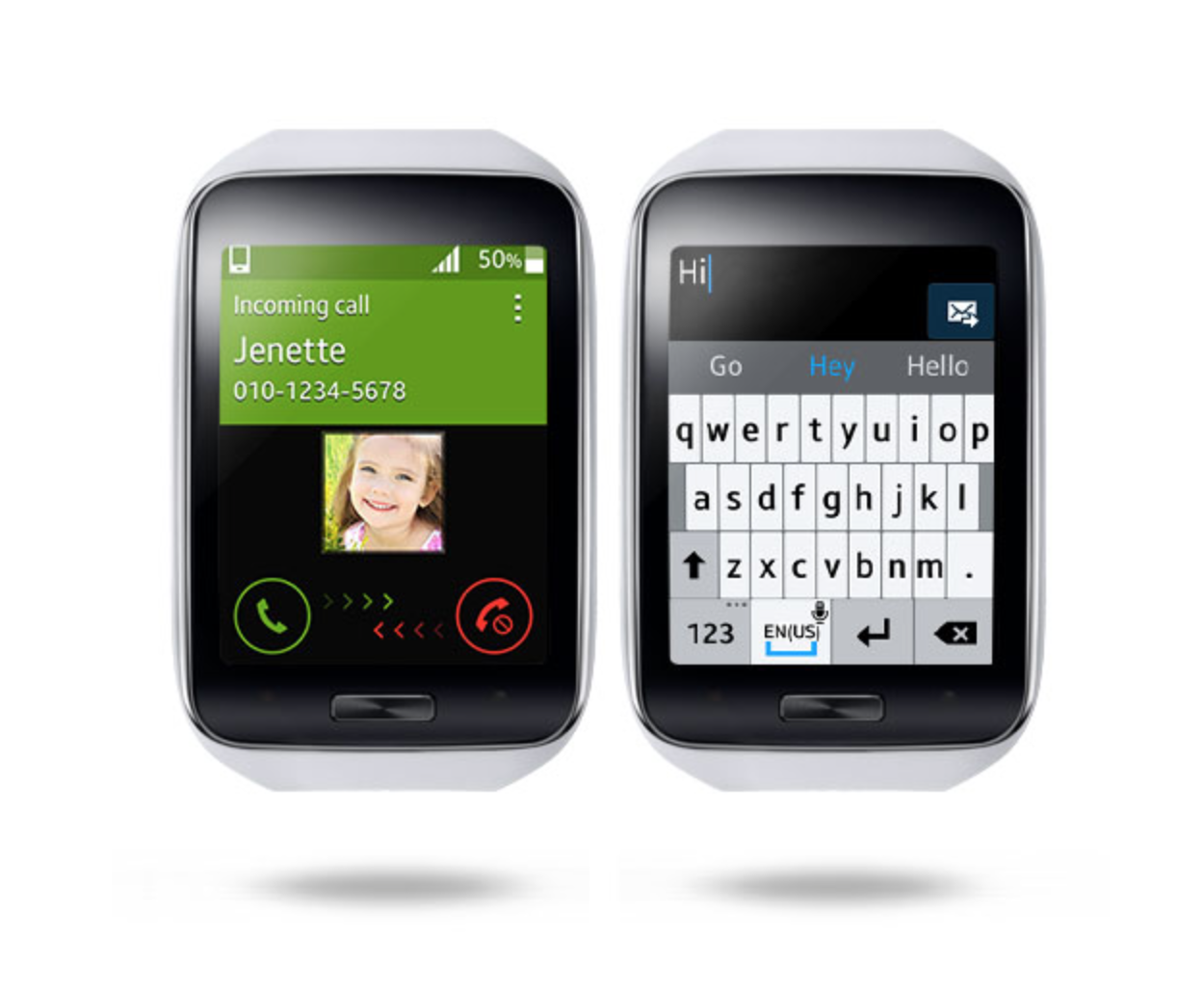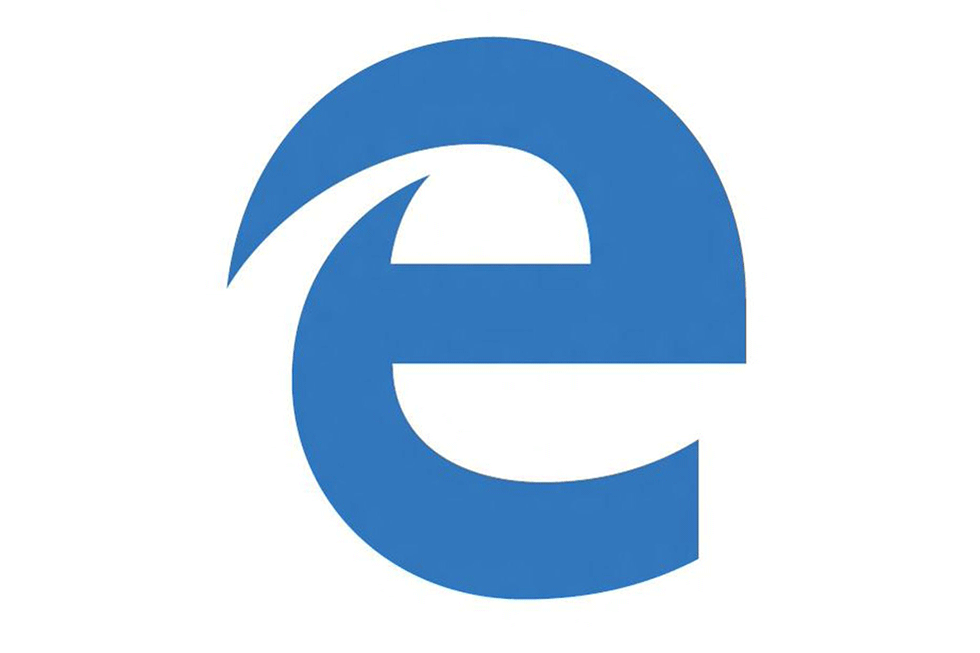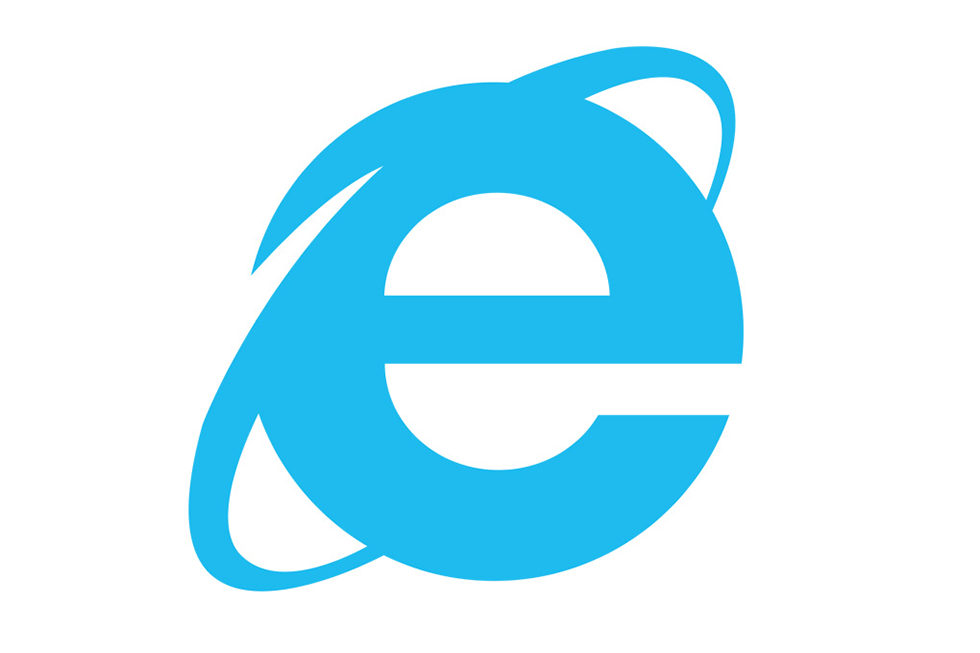At Re/code, Ina Fried on Microsoft’s Build Conference this week:
When Microsoft CEO Satya Nadella takes the stage on Wednesday at Microsoft Build, the most important event of the year for the once mighty software maker, it represents something of a last best chance to win over mobile developers.
For all its power in the PC era, Microsoft has struggled to convince developers to create apps for its Windows Phone system, which has badly lagged rivals Google and Apple. Failing to win support at its annual developers conference this week could be fatal to its phone business.
I don’t see this week’s Build Conference shifting the tide for Microsoft.
They’re hovering at under 4% marketshare in the mobile OS space.
As I wrote back in 2011, a big part of Microsoft’s problem is that they’re in a red ocean, from Wikipedia:
Red Oceans are all the industries in existence today–the known market space. In the red oceans, industry boundaries are defined and accepted, and the competitive rules of the game are known. Here companies try to outperform their rivals to grab a greater share of product or service demand. As the market space gets crowded, prospects for profits and growth are reduced.
My wife just picked up a cheap Windows Phone as her secondary phone for her jewelry business (it was only $29!) and I have to say, Windows Phone is a great feeling operating system, but it’s just not enough.



